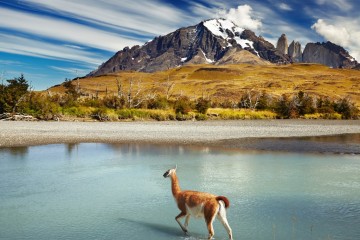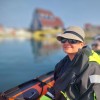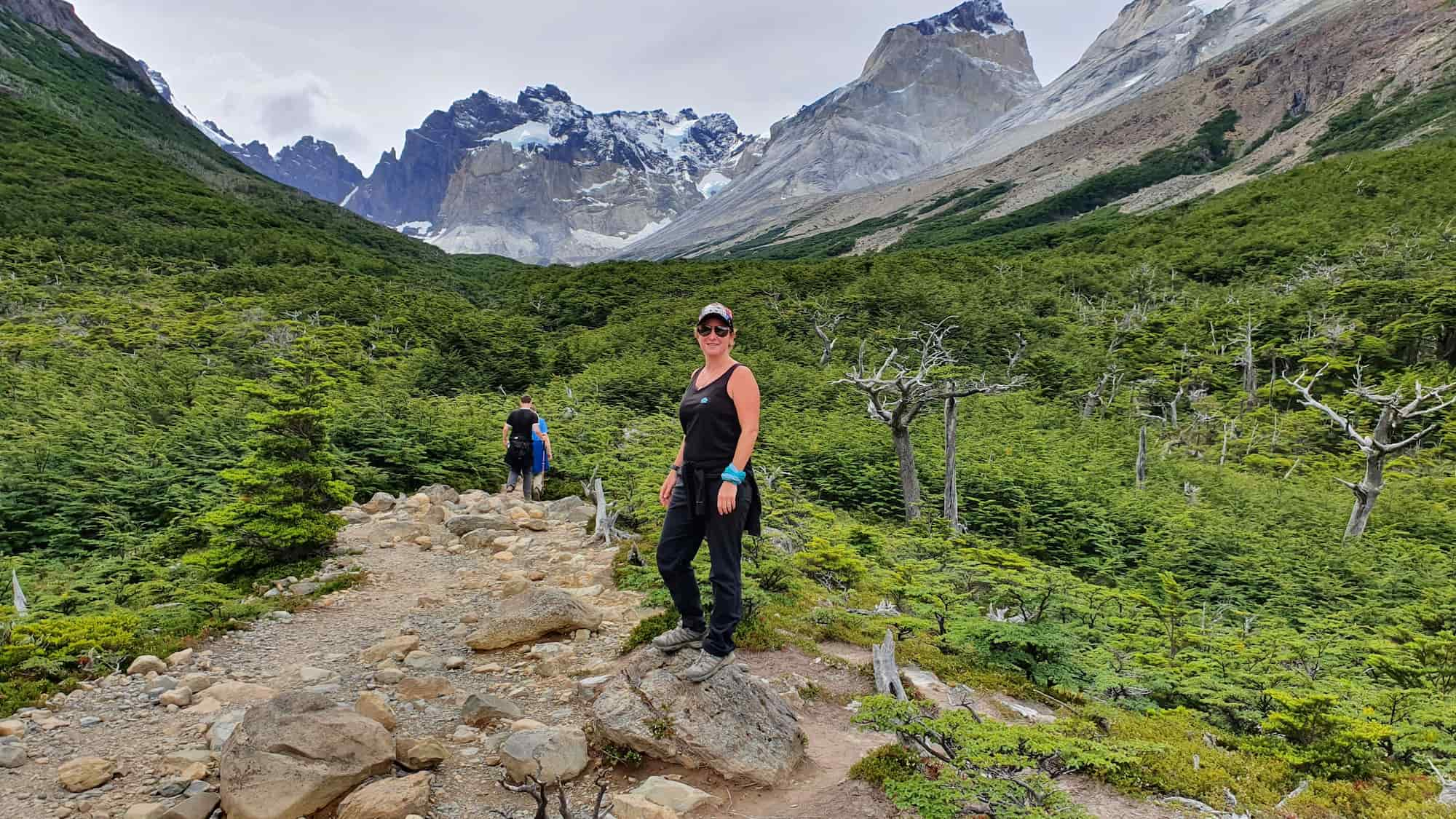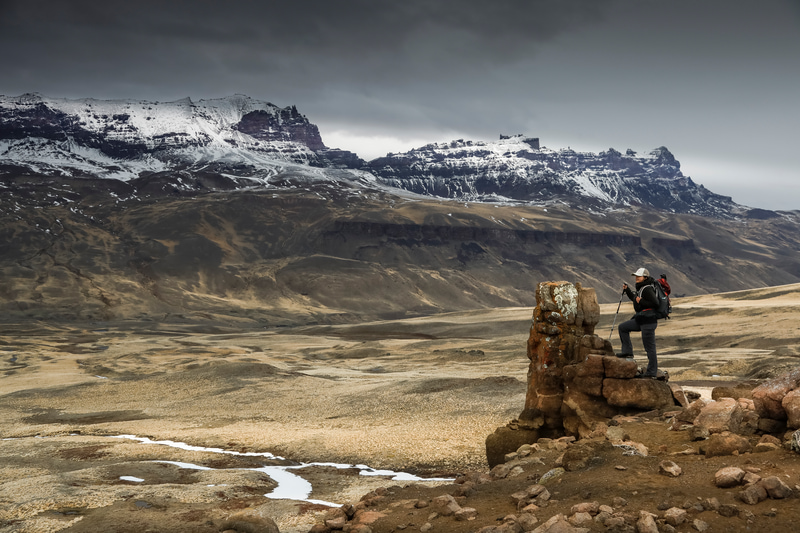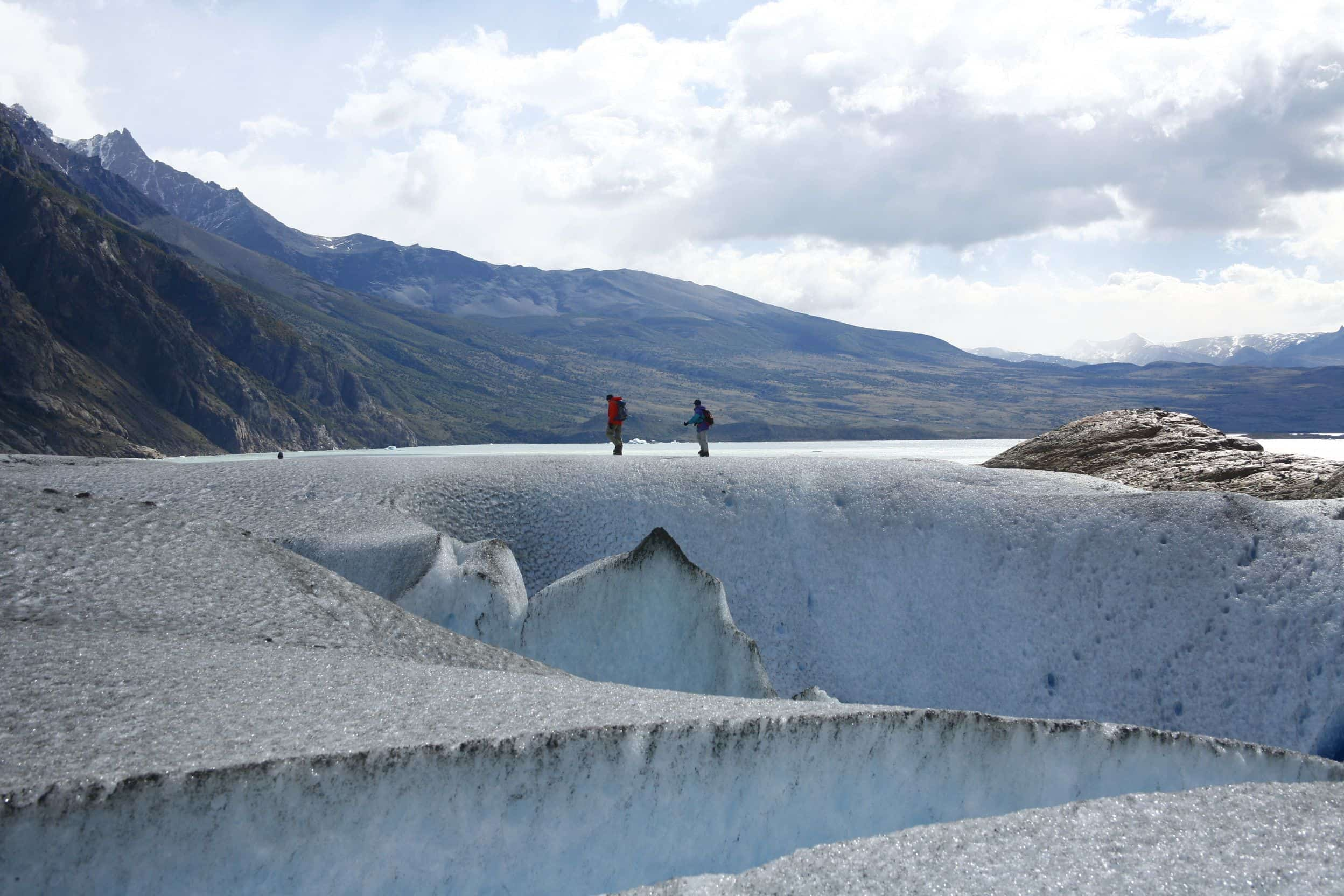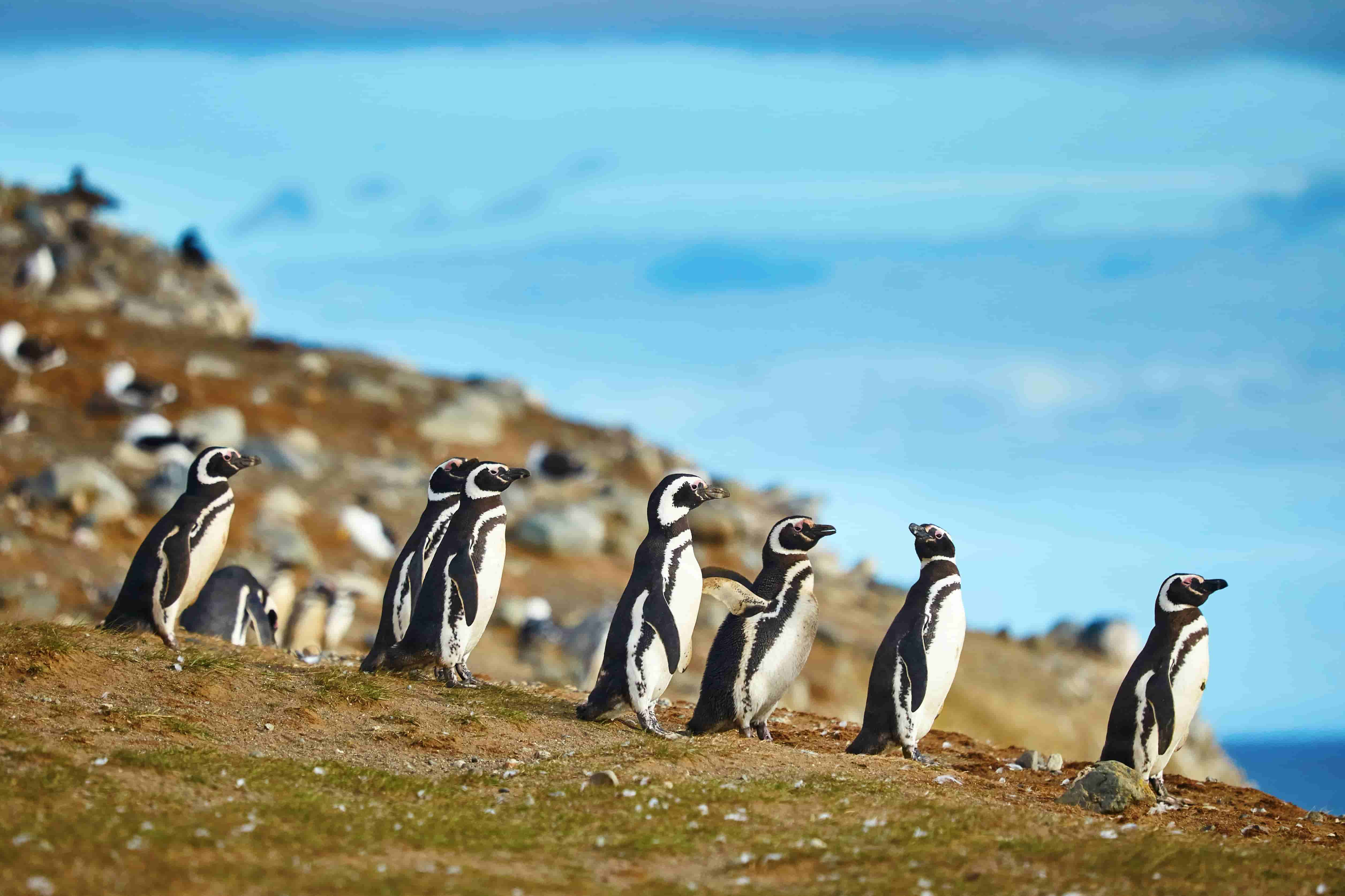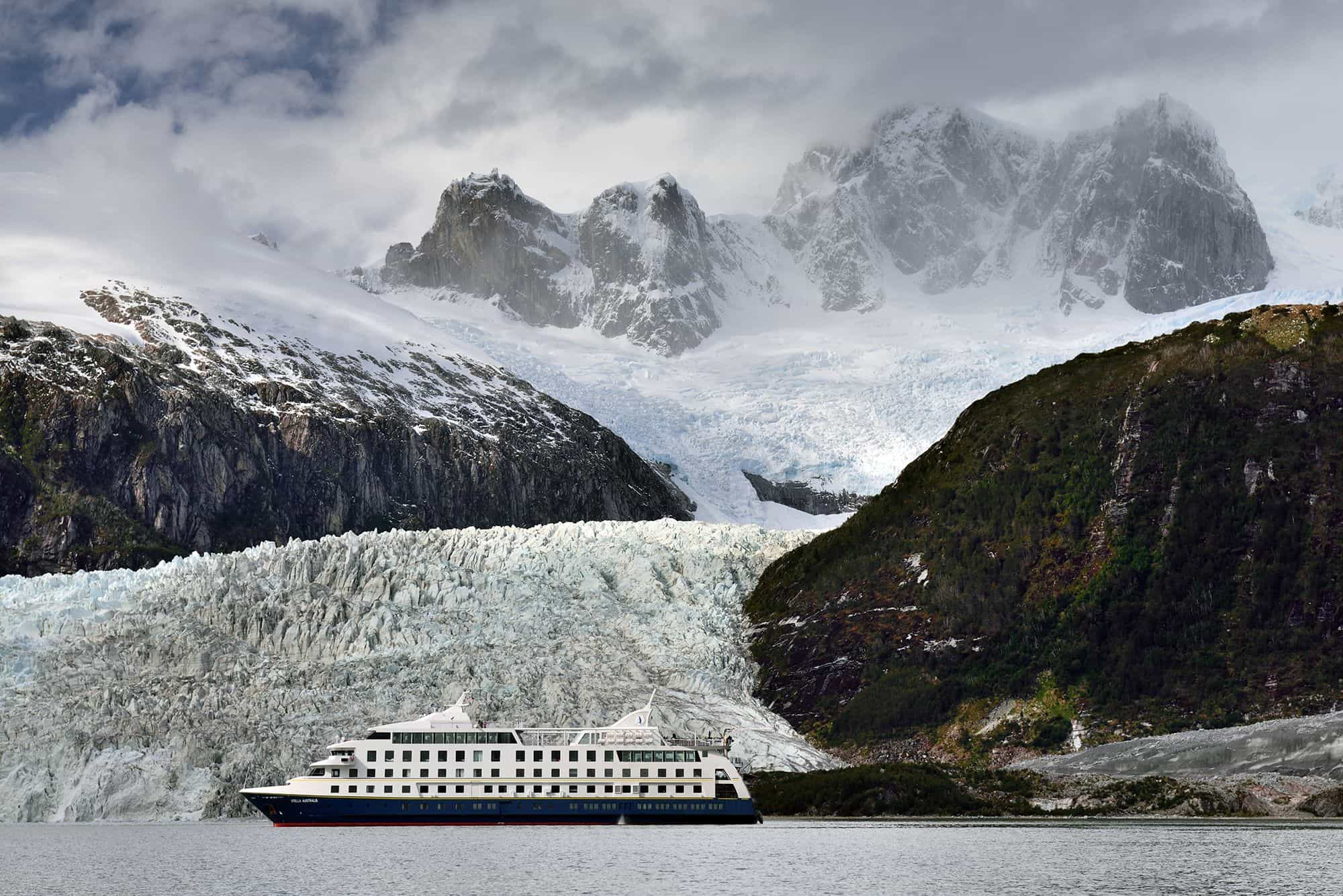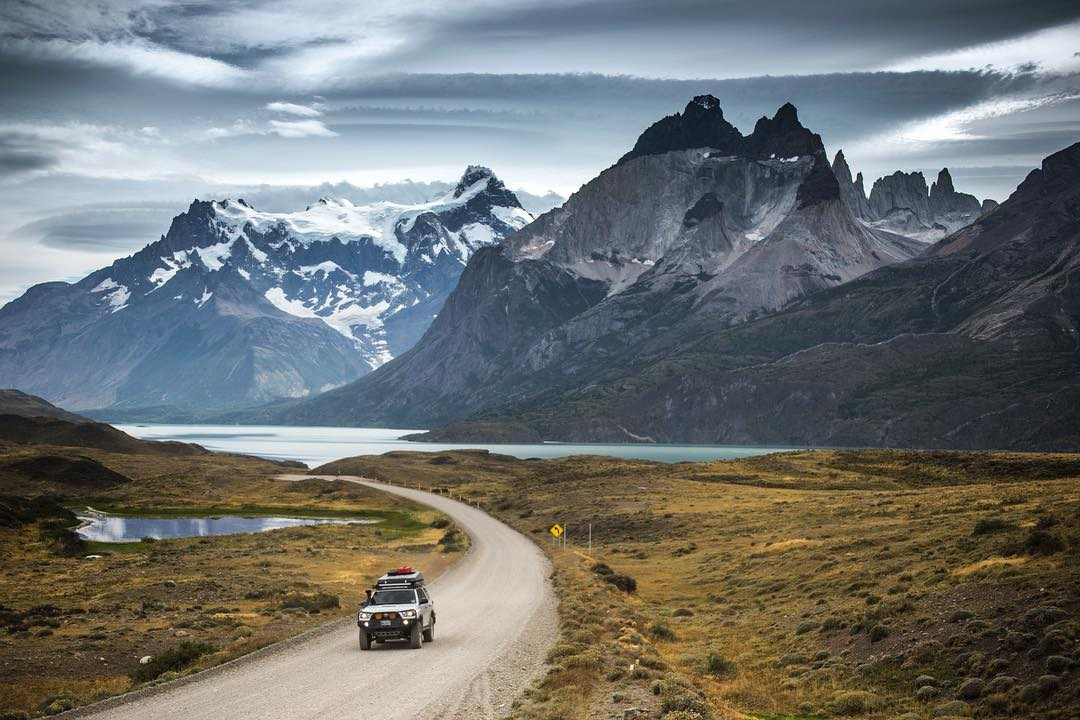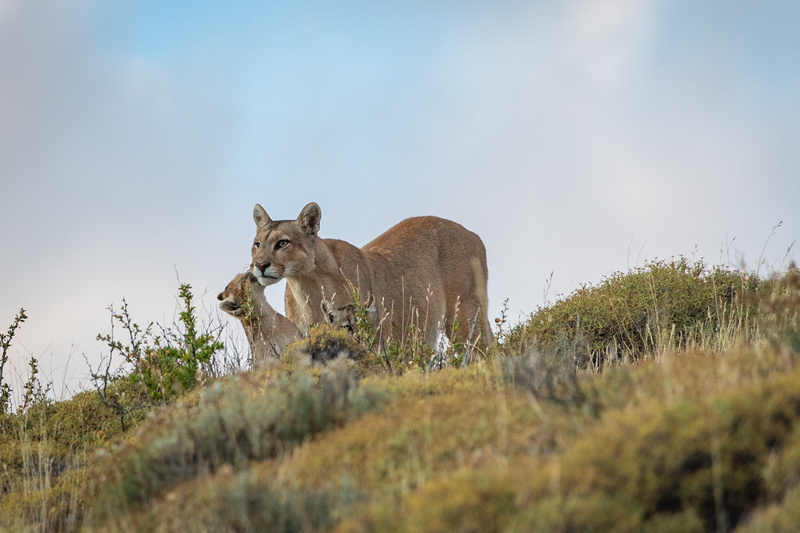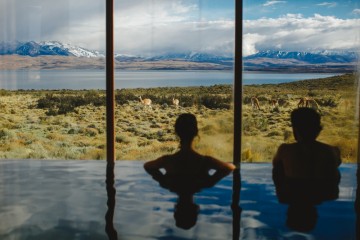Patagonia is where road transfers between highlights become a highlight of their own accord.
Chile or Argentina: Which Side of Patagonia Is Better?
This is one of the most common questions we get. The truth is: both sides are incredible, and ideally, you’ll see a bit of each.
Chile’s Patagonia feels wilder and more remote. It is home to Torres del Paine, one of the most photogenic national parks in the world. It’s less populated and more rugged, with a definite focus on wilderness and silence.
> Browse our Patagonia Itineraries featuring Torres del Paine
Argentina’s side offers a different kind of charm. You’ll get up close to Perito Moreno Glacier, explore charming towns like El Calafate and El Chaltén, and experience traditional estancia life. There’s a stronger cultural thread here—this is the land of gauchos, asados, wine, and European flair.
Together, the two sides create a fuller picture of what makes this region so compelling, so the best Patagonia travel itineraries will let you experience both.
When to Visit Patagonia
The timing of your trip will dictate what you experience. Most people visit between October and April, when the weather is at its mildest, hiking trails are accessible, and the days are long enough to pack in plenty of adventure.
Spring (October–November) brings wildflowers, fewer crowds, and orcas hunting close to shore, though temperatures can still be cool.
December to February, the southern summer, is peak hiking season, with warmer weather, stronger winds, and the most visitors.
Autumn (March–April) offers golden forests, crisp air, quieter trails, and is ideal if you prefer shorter hikes.
Winter (May–September) is generally off-limits for most travel unless you're heading to Bariloche for skiing or just want to luxuriate in one of the few upscale lodges open all year. Many remote lodges and park facilities close during this time.
At a Glance:
· October–November: Spring flowers, fewer crowds, changeable weather
· December–February: Warmest months, longest days, most popular
· March–April: Autumn colours, quieter parks, still great for hiking
· May–September: Snow, skiing, lodge stays
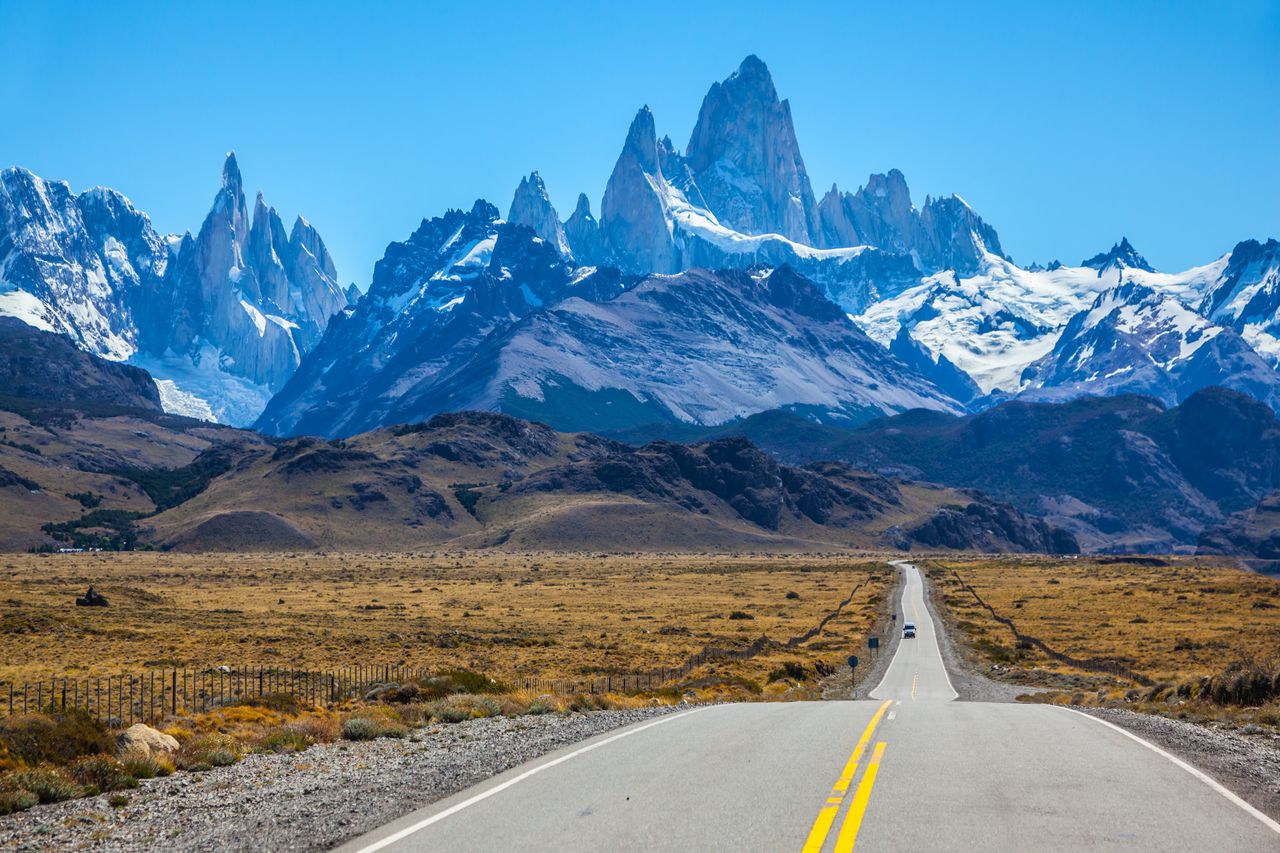
The autumn colours around Mt FitzRoy are legendary.
How Long Should You Spend in Patagonia?
Patagonia is not the kind of place you can, or would want to, rush through. Travel times are always longer than anticipated, and the whole point is to slow down and connect with the land. That said, how many days you need really depends on what you want to experience.
· 5–7 days gives you time to explore one region (e.g., Torres del Paine OR Los Glaciares) with time to hike and relax;
· 10–14 days allows you to cross from Chile to Argentina or combine hiking, wildlife, and cultural experiences like an estancia stay, glacier boat trip, or scenic road journey;
· 2+ weeks lets you go deeper, explore off-the-beaten-path areas, or add an Antarctica extension
At Viva, we always recommend building in buffer time into your Patagonia itinerary. The region has a way of throwing curveballs, whether it's the weather or the irresistible pull of wanting to stay longer than you thought.
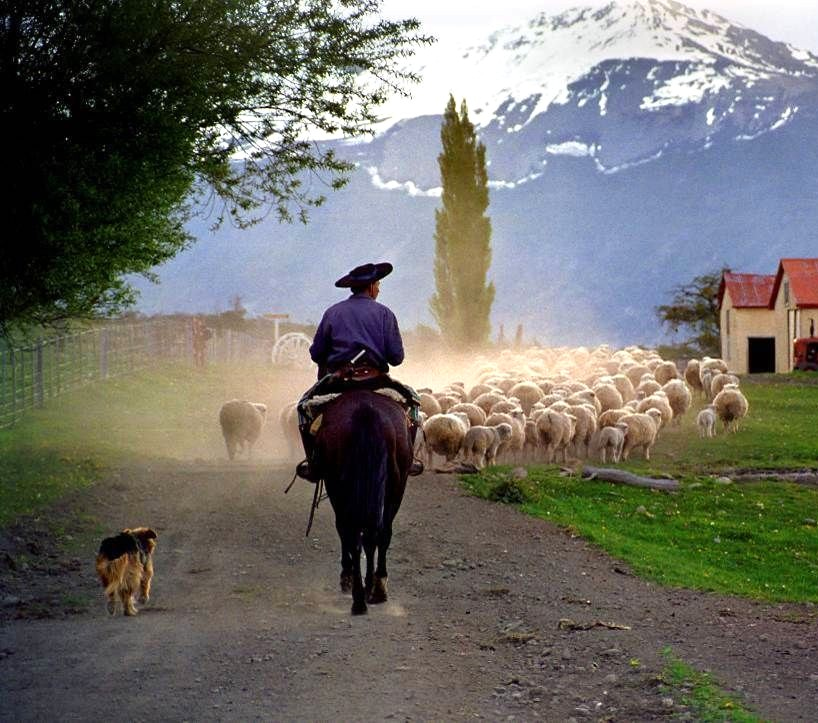
Sometimes, a roadblock might slow you down.
Do You Need to Be Fit to Travel in Patagonia?
One of the biggest misconceptions about Patagonia is that it's only for elite hikers. Sure, some epic multi-day treks and circuits draw serious mountaineers. But Patagonia doesn't demand peak fitness from every traveller. The dramatic wilderness does beg you to get out there, though, but there are countless ways to experience the landscape without ever pulling on a pair of crampons.
Many of the region's best sights—glaciers, wildlife hotspots, lakes, viewpoints—are accessible by vehicle or on short, scenic walks. Boat rides take you up close to ice walls and fjords. Estancias offer horseback rides through open plains. Even in Torres del Paine, the longer treks can be broken into rewarding day hikes, so it's not hard to find a version of Patagonia to match your pace.
Tara puts it best:
"Yes, you can hike for days or even weeks on end here. Or you could also stay at Tierra Patagonia for a few days, enjoy leisurely walks to sensational viewpoints, explore by luxury van, spend an afternoon at the spa and sip sundowners as the sun sets over the granite peaks of Torres. I mean, I’m just saying...there are options!”
– Tara, General Manager, Viva Expeditions.
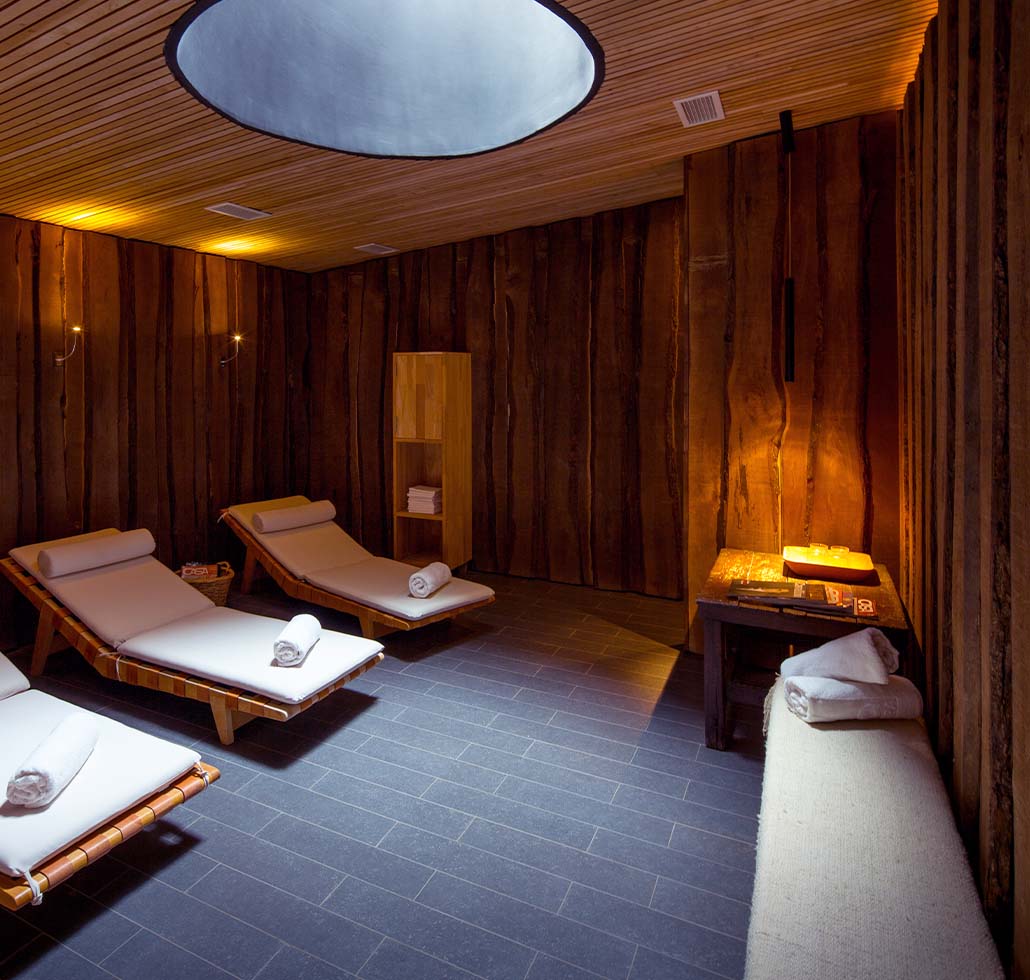
At 5* lodges like Tierra Patagonia, you can be as active and as indulgent as you like.
Where to Stay in Patagonia
The remoteness of Patagonia, as you can tell, doesn’t mean roughing it—unless you want to, of course. From rustic huts to luxury lodges, all in ridiculously beautiful locations, there's a surprisingly wide range of places to stay.
Refugios are the heart of the trekking experience. These cosy mountain huts along the trails provide warm meals, comfortable beds, and a welcoming vibe where trekkers can share stories of their adventures. Beds book out months in advance in peak season, so plan accordingly. You also have the option to camp in a tent next to the refugio.
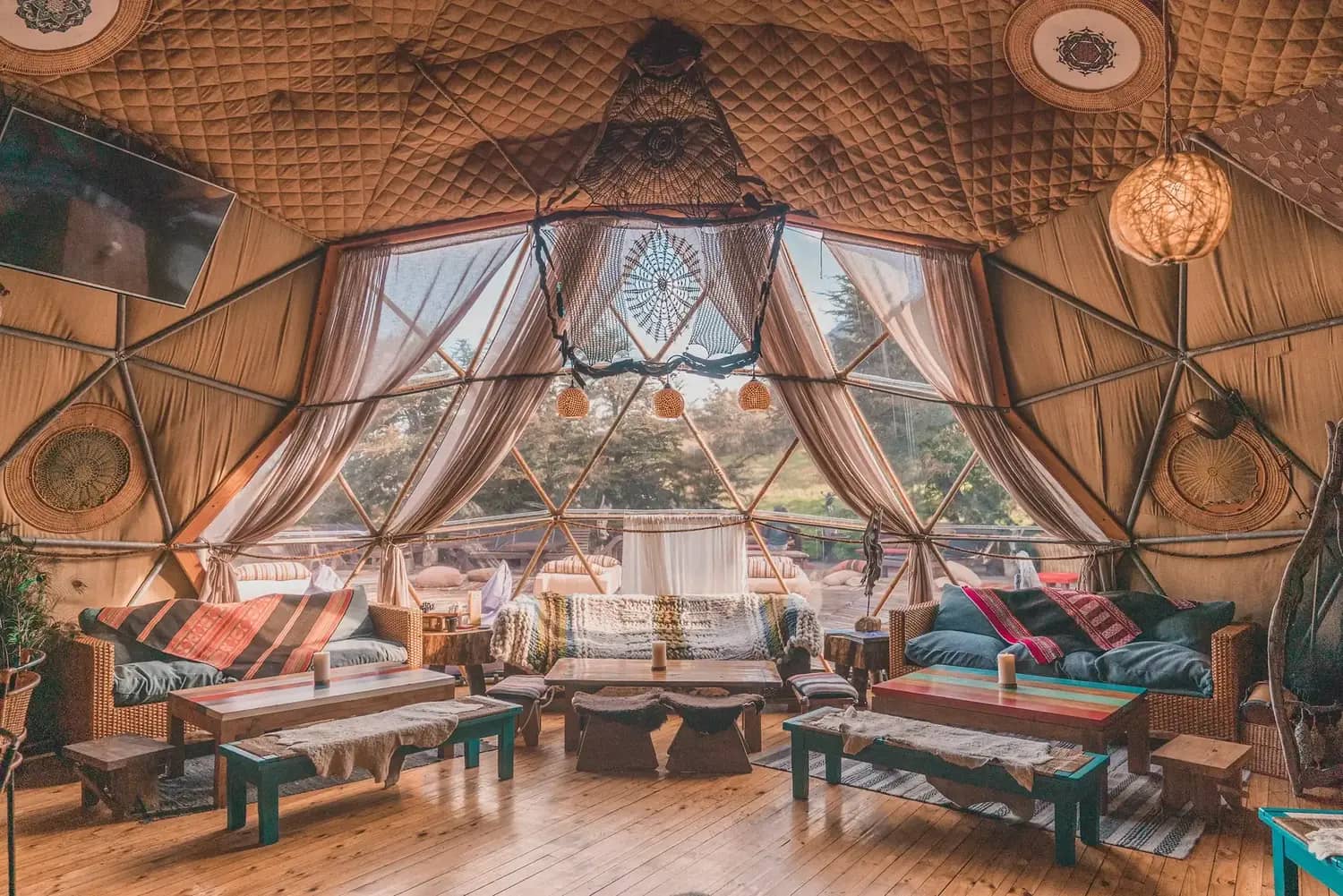
Take your hiking trip to the next level with overnight stay at the Eco Camp in Torres del Paine.
At the other end are wilderness lodges, such as The Singular in Puerto Natales, that offer a more luxurious getaway. Here, you get stunning views, excellent service, spa treatments, gourmet meals, guided excursions...well, you get the point!
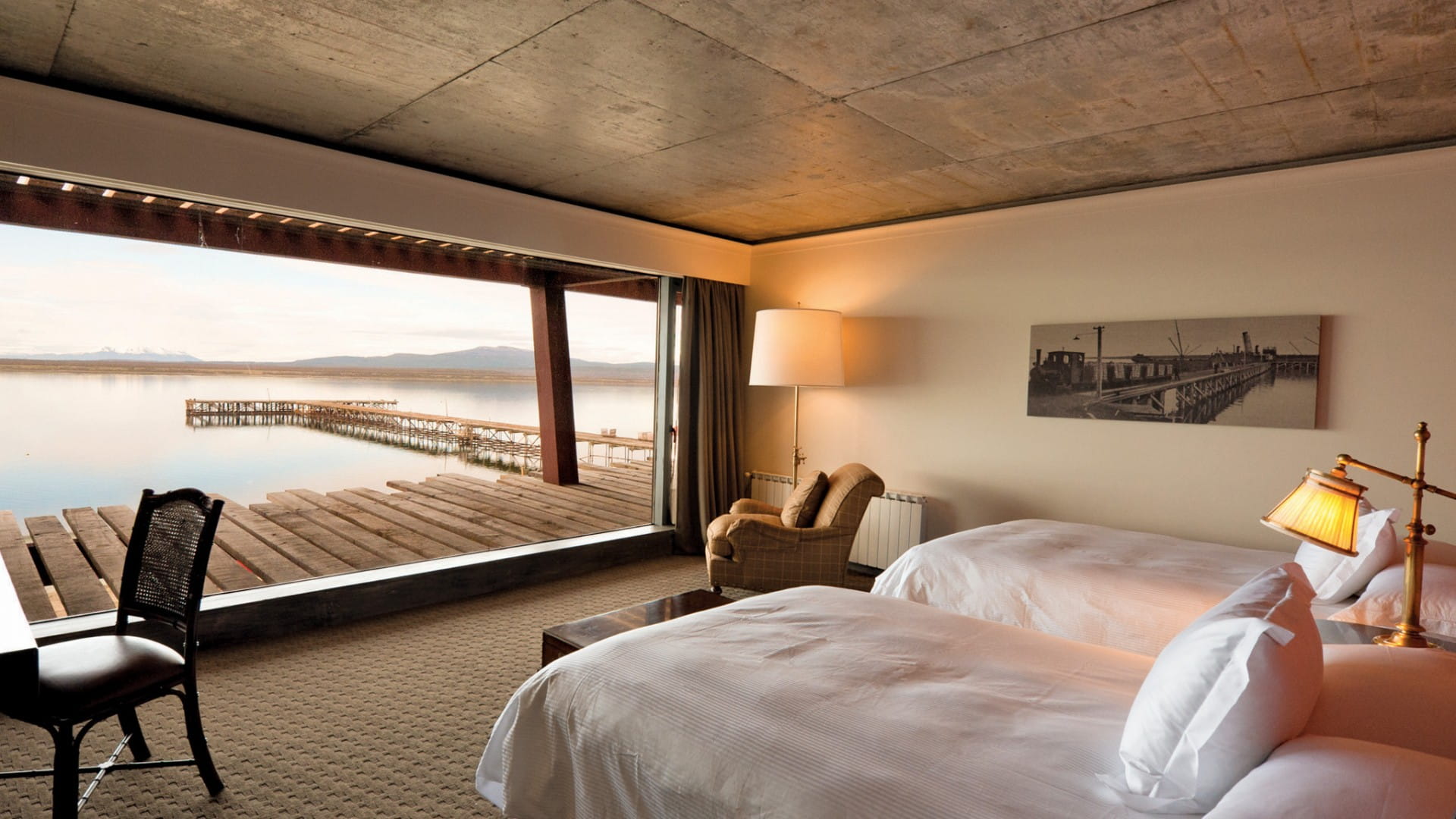
Yes, it is a tough choice, we know!
Then there are estancias, which are luxurious in a totally different way. These working ranches offer a taste of authentic Patagonian life, and many offer indulgent comforts while still being sublimely rustic. Staying at one means homemade meals, stories by the fire, and maybe a ride across the steppe with a local gaucho.
“Estancias are more than just a place to sleep—they’re a memorable part of the Patagonia experience. The estates are beautiful, the hospitality is phenomenal, and the excursions feel truly special."
– Tara, General Manager, Viva Expeditions.
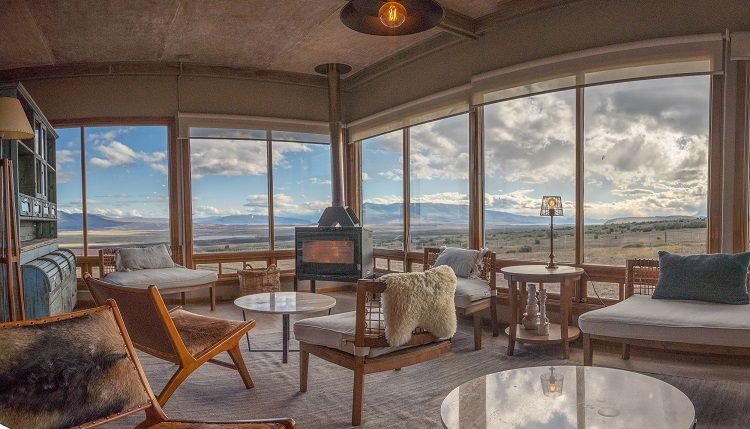
An estancia stay is a cultural experience bar none, one that offers glimpses into the traditional way of life in Patagonia.
What to Eat in Patagonia
Spend a day in the great Patagonian outdoors, and we guarantee you'll return famished. Thankfully, Patagonia delivers. The food here is hearty, local, and often surprisingly refined.
Spit-roasted lamb—cordero al palo—is a staple, slow-cooked over an open flame until tender and infused with a smoky flavour. King crab is prized in the southern fjords, especially in and around Punta Arenas and Ushuaia. Guanaco and trout also feature on menus, along with creamy soups, crusty bread, and rich desserts.
In towns like El Calafate and Puerto Natales, you'll find a mix of traditional cooking and international flair, from wood-fired empanadas and handmade pasta to excellent Argentine or Chilean wines to wash it all down. Food is such a big part of the Patagonian experience that we even offer dedicated Patagonia Food Tours.

Surprisingly, perhaps, Patagonia is a gourmand’s dream.
A Few More Essential Patagonia Travel Tips
-
You’ll hear it again and again: pack for four seasons in one day. The weather changes fast, and the wind is a constant companion. Bring layers, and don't underestimate the chill, even in summer. See our detailed packing list.
-
Sturdy shoes are a must—even for light hikes—and a refillable water bottle will serve you well. The tap water here is some of the purest you’ll find.
-
Book early, especially for peak season Patagonia itineraries. Refugios, popular lodges, and hiking permits can all fill months in advance. And while some spontaneous travel is possible, a bit of planning goes a long way here.
-
Perhaps the most important tip? Take your time. Patagonia isn’t meant to be ticked off in a hurry. This is a place best taken in slowly.
Is Patagonia Expensive?
There's no beating around the bush here: Patagonia is not a bargain destination. But, if you were after a cheap holiday, you probably would not have made it this far in the guide. The remoteness of the region, limited infrastructure, and high cost of transporting people and supplies all contribute to increased prices. Yet that doesn't mean it is only for luxury travellers. On the contrary.
Refugio stays can keep costs down, lodges and estancias do come in differing budgets, and travelling in shoulder season (October or April) also means you enjoy better prices and fewer crowds. Overland travel can be more affordable than flying between regions and highlights, and shared tours with friends or guided hikes are good options if extensive private Patagonia itineraries aren't in the budget.
That said, if you are looking to splurge, you'll find no worthier destination. A few nights in a wilderness lodge, a boat trip to see calving glaciers, or a couple of days with a private guide and transport can turn a great trip into something truly unforgettable.

Patagonia’s spectacular French Valley. Not cheap to reach, but priceless to see.
